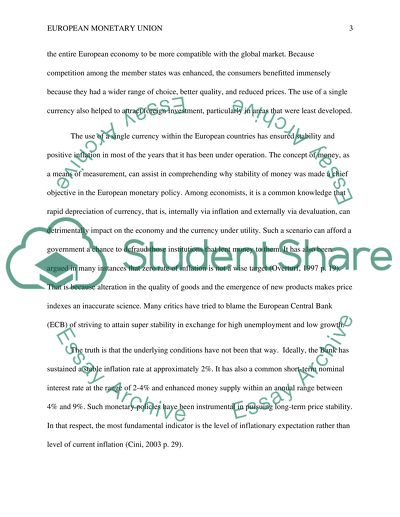Cite this document
(Monetary Integration in the European Union Essay, n.d.)
Monetary Integration in the European Union Essay. Retrieved from https://studentshare.org/finance-accounting/1610204-evaluate-the-success-of-european-monetary-union-to-date
Monetary Integration in the European Union Essay. Retrieved from https://studentshare.org/finance-accounting/1610204-evaluate-the-success-of-european-monetary-union-to-date
(Monetary Integration in the European Union Essay)
Monetary Integration in the European Union Essay. https://studentshare.org/finance-accounting/1610204-evaluate-the-success-of-european-monetary-union-to-date.
Monetary Integration in the European Union Essay. https://studentshare.org/finance-accounting/1610204-evaluate-the-success-of-european-monetary-union-to-date.
“Monetary Integration in the European Union Essay”, n.d. https://studentshare.org/finance-accounting/1610204-evaluate-the-success-of-european-monetary-union-to-date.


